If I had one Euro for the number of “What lens do you use?”questions I received on instagram DM, I would probably be able to afford that Iceland trip.
No kidding. Ok half kidding. But I understand why you guys ask that, afterall lenses are expensive splurge for us photographers, and getting the right one is top of the list, the most crucial aspect for your photography needs. Lens is the ultimate investment guys. Camera bodies might come and go, but good lenses, they stay.
Now the answer is: IT DEPENDS (Wait, whaaat?). The gears I carry depend so much on a number of factors like the destination I’m visiting, the purpose of the trip: work/holiday, my current favorite lens, and so on; hence the gears have varied from one trip to the other. There were times when I only carry my 24-70mm if I know I’m visiting places with sightseeing landscapes, interior and streets; and there are also times when I only had my compact 55mm with me when I want to shoot more details, portraits or food (Ohayou Japan). Sometimes I throw a 35mm (street’s best) or a 85mm (portrait’s best) in between; a maximum of two lenses because I’m lazy of safety factor, convenience, etc.
But how if you want everything in one lens? The one that’s perfect for wide landscapes, portrait, details, sharp, fast and light to carry? Sorry hun, there’s no such thing. There are indeed all-in-one wide range zoom lens with focal length from 18 to infinity-mm-and-beyond (we call them the superzoom lenses) but either they’re: 1. big and bulky as my water cooker and they give me backpain, or 2. you don’t expect much optical quality out of it; the sharpness might fall off a bit on the edges and lastly, they mostly come in less desirable aperture.
So here goes, I’m going to write about four of my focal length (primes and zoom) preference and also 6 of my preferred glasses. All lenses are tried, tested and travelled with Sony A7 series (which I’m sure there are equivalent for other brands as well)
note 1: This list focuses specifically on lenses that can be considered great long-term investments. While there are certainly other lenses that may be more affordable, every single one of the lenses here are the best-in-class, and is therefore guaranteed to hold its value and perform flawlessly for many years to come.
note 2: All the lenses you’ll find below are Full Frame lenses only. Sony also makes APS-C E-mount lenses and cameras, but we’ll save them for the next journal.
24-70mm: The Ultimate all range zoom lens
There’s too many reasons why a 24-70mm lens will always be there inside every professional photographer’s camera bag. First, because it’s a strong and durable all-around lenses. Second, it’s the most versatile focal range for landscape, street, fashion, portrait, anything!
Of course you can opt to have a wider landscape view with a dedicated 16mm or 18mm lenses; but at 24mm on a full frame sensor, you will get a viewing angle of of 84 degrees which gives a pretty wide angle of view without too much unwanted distortion; ALSO you have the closer distance zoom (50mm upwards) to give you amazing portrait and details shot, all in one lens.
When you’re travelling you want to be keep your bag as light as possible, right? This lens will save your back from aching of carrying too much lenses, and also the hassle to change your lens every now and then. Convenient much? Here are my two favorite 24-70 lenses:
Sony FE 24-70mm F2.8 G-Master Sony has succeeded to deliver the best-in-class zoom lens that is also probably the only lens you’ll need in your life. Do you remember the old “zoom vs prime lenses” debate? That zoom lenses would never be in par with primes in term of sharpness and quality? The debate is no longer relevant because this one surely rivals -and maybe exceeds- the primes in the same focal range. The G Master is, by far, the best lens I’ve ever owned in my life. This is the lens that conquers everything. See more in depth review about this lens here.
Pros: Impressive build quality and optics. Superb everything. This lens is the ultimate investment. You know when you only have to have ONE lens and you don’t need to buy anything else? It’s this one.
Cons: It’s BIG AND HEAVY. Not water cooker heavy but bigger than all of my other lenses. Way bigger than my camera. And it’s also the most expensive one (though worths every penny).
 Galerie Vero Dodat Paris, 2017. Sony A7Rii+ SEL 24-70mm G Master at 34mm; 1/250; F/4
Galerie Vero Dodat Paris, 2017. Sony A7Rii+ SEL 24-70mm G Master at 34mm; 1/250; F/4
 Fushimi Inari Kyoto, Sony A7Rii+ SEL 24-70mm G Master at 24mm; 1/160; F/3.5.
Fushimi Inari Kyoto, Sony A7Rii+ SEL 24-70mm G Master at 24mm; 1/160; F/3.5.
 Montmartre, 2017. Sony A7Rii+ SEL 24-70mm G Master at 70mm; 1/640; F/2.8
Montmartre, 2017. Sony A7Rii+ SEL 24-70mm G Master at 70mm; 1/640; F/2.8
 Petit Palais, 2017. Sony A7Rii+ SEL 24-70mm G Master at 70mm; 1/4000; F/2.8
Petit Palais, 2017. Sony A7Rii+ SEL 24-70mm G Master at 70mm; 1/4000; F/2.8
 Paris, 2017. Sony A7Rii+ SEL 24-70mm G Master at 70mm; 1/250; F/11
Paris, 2017. Sony A7Rii+ SEL 24-70mm G Master at 70mm; 1/250; F/11
Sony Zeiss Vario-Tessar T* FE 24-70mm F4 ZA is an alternative for half the price and almost half the weight! I love this lens for its compactness and portability without sacrificing the image quality. Most of the images you see on this blog were shot using this lens. See my in depth review about this lens here.
Pros: Size! Best size for travels, highly convenient and also more affordable. If you need a small and light standard zoom, this lens will serve you well.
Cons: The largest aperture is only F4, which might not be as effective as the 2.8 in darker conditions or when you want really creamy bokeh.
 Santorini, 2016. Sony A7Rii+ Vario-Tessar T* FE 24-70mm at 38mm; 1/250; F/8. See more photos of Santorini using 24-70mm.
Santorini, 2016. Sony A7Rii+ Vario-Tessar T* FE 24-70mm at 38mm; 1/250; F/8. See more photos of Santorini using 24-70mm.
 Amsterdam, 2017. Sony A7Rii+ Vario-Tessar T* FE 24-70mm at 38mm; 1/250; F/8.
Amsterdam, 2017. Sony A7Rii+ Vario-Tessar T* FE 24-70mm at 38mm; 1/250; F/8.
 Monte Carlo, Monaco, 2014. Sony A7+ Vario-Tessar T* FE 24-70mm at 68mm; 1/320; F/11. See more photos of Monte Carlo using 24-70mm.
Monte Carlo, Monaco, 2014. Sony A7+ Vario-Tessar T* FE 24-70mm at 68mm; 1/320; F/11. See more photos of Monte Carlo using 24-70mm.
 Kyoto 2015, Sony A7+ Vario-Tessar T* FE 24-70mm at 70mm; 1/250; F/4.5
Kyoto 2015, Sony A7+ Vario-Tessar T* FE 24-70mm at 70mm; 1/250; F/4.5
50mm: The only Prime lens you’ll ever need.
I think many digital photographers story (including mine) started with brand new camera and a kit lens (18-55mm or anything similar). Then we grow up and want a better lens in term of quality, and more often the choice will fall to a 50mm prime. Why? Because usually they’re cheaper than the other primes, the quality is good, they usually comes with large aperture (1.8, 1.4, or even 1.2) for a beautiful bokeh; and most importantly, the perspective rendered by the 50mm matches the human eye. So it gives a natural look to the images (almost no distortion). If you gonna stick with just one prime lens, make it a fifty. Here are my two favorite fifties:
Sony Zeiss FE 50mm F1.4 ZA Planar T*, an outstanding lens through and through. Beautiful, creamy bokeh at F1.4 and the sharpness is amaaazing. Performance is top notch; very fast, very sharp, very beautiful bokeh; and just like every Zeiss lens, the dust and moisture-resistant construction will work even in less than ideal environments.
Pros: Again, quality and performance wise: superb everything. ALSO THE BACKGROUND COMPLETELY MELTS IN A PLEASING CREAMY BOKEH AT 1.4 WHOA. Oh and aperture ring!
Cons: Heavier than most fifties. A bit pricey.
 Paris, 2016. Sony A7Rii+ Planar T* FE 50mm; 1/80; F/2.8
Paris, 2016. Sony A7Rii+ Planar T* FE 50mm; 1/80; F/2.8
 Paris, 2016. Sony A7Rii+ Planar T* FE 50mm; 1/200; F/4.5
Paris, 2016. Sony A7Rii+ Planar T* FE 50mm; 1/200; F/4.5
 Paris, 2016. Sony A7Rii+ Planar T* FE 50mm; 1/200; F/5.6
Paris, 2016. Sony A7Rii+ Planar T* FE 50mm; 1/200; F/5.6
Sony Zeiss FE 55mm F1.8 Sonnar T*, again another alternative for a similar focal length for half the price and weight. Also another favorite of mine, the speed and quality of this little thing is amazing, but that’s not a surprise coming from Sony-Zeiss (#fangirl.) The all-metal, weather-sealed body packs professional-grade image quality in a very light and compact package.
Pros: IT’S OH SO COMPACT, and the quality of such a small lens is just amazing.
Cons: None.
 Annecy, 2014. Sony A7+Sonnar T* FE 55mm; 1/500; F/5.
Annecy, 2014. Sony A7+Sonnar T* FE 55mm; 1/500; F/5.
 Marrakech. 2016. Sony A7Rii + Sonnar T* FE 55mm; 1/100; F/2
Marrakech. 2016. Sony A7Rii + Sonnar T* FE 55mm; 1/100; F/2
 Kyoto, 2016. Sony A7+ Sonnar T* FE 55mm; 1/640; F/1.8
Kyoto, 2016. Sony A7+ Sonnar T* FE 55mm; 1/640; F/1.8
85mm: Perfect Prime for Portraits and Travels
We all know that 85mm is the best portrait lens ever. Period. If you want to easily be able to take quality portraits, you absolutely need this lens in your bag. You can do great portraits with any lens, but this is just going to make it a lot easier. But wait, do you know that it’s another travel essential? Well I surely didn’t, until I carried one for my winter Euro travel.
FE 85mm F1.4 G-Master, I. WAS. BLOWN. AWAY. This lens has captured not only wonderful details, but also my heart! The image quality is phenomenal; I love using it for candid street shots and closer shots of buildings.
Pros: You can zoom to places that your 24-70 can’t reach, also it takes amazingly sharp details.
Cons: No wide landscape shots, unless you’re really far away from the subject.
 Lauterbrunnen, 2017. Sony A7Rii + FE 85mm F1.4 GM; 1/160; f/2.8
Lauterbrunnen, 2017. Sony A7Rii + FE 85mm F1.4 GM; 1/160; f/2.8
 Lauterbrunnen, 2017. Sony A7Rii + FE 85mm F1.4 GM; 1/200; f/7.1
Lauterbrunnen, 2017. Sony A7Rii + FE 85mm F1.4 GM; 1/200; f/7.1
 Lauterbrunnen, 2017. Sony A7Rii + FE 85mm F1.4 GM; 1/1000; f/4
Lauterbrunnen, 2017. Sony A7Rii + FE 85mm F1.4 GM; 1/1000; f/4
 Amsterdam, 2017. Sony A7Rii + FE 85mm F1.4 GM; 1/250; f/5.6
Amsterdam, 2017. Sony A7Rii + FE 85mm F1.4 GM; 1/250; f/5.6
35mm: Wide Prime for Landscapes
35mm is perhaps the most versatile focal length. From street photography, photo-journalism and even landscape shot, most everyday scenes look “just right” through a 35mm lens.
Sony Zeiss FE 35mm F1.4 Distagon T*, a superfast lens with excellent Zeiss built (weather sealed), also its aperture at 1.4 also help you shooting indoors handheld for low light/night scenes. Can I hear a booookeh? See my in depth review about this lens here.
Pros: Best focal length for landscapes, street, fashion and everything in between. I love the aperture ring on the lens AND a switch that control the ‘clickiness’ of the aperture ring.
Cons: Like the Sony Zeiss 50mm, this js a rather big and heavy lens, especially for a mirrorless system. A bit pricey.
 Ben Yousself Medresa, Marrakech, 2016. Sony A7Rii + Distagon T* FE 35mm; 1/400; f/7.1
Ben Yousself Medresa, Marrakech, 2016. Sony A7Rii + Distagon T* FE 35mm; 1/400; f/7.1
 Paris, 2016. Sony A7Rii + Distagon T* FE 35mm; 1/800; f/3.2
Paris, 2016. Sony A7Rii + Distagon T* FE 35mm; 1/800; f/3.2
 Paris, 2016. Sony A7Rii + Distagon T* FE 35mm; 1/125; f/3.2
Paris, 2016. Sony A7Rii + Distagon T* FE 35mm; 1/125; f/3.2
Sony Cybershot RX1Rii. Ok I am aware that this is a camera not a lens. But this is my second camera during travels and it has a fixed Sonnar T* 35mm F2 lens. Did I tell you it’s the world’s best compact camera ever? 42.4 MP full-frame sensor. Did you hear it right? A FULL FRAME, PROFESSIONAL QUALITY COMPACT CAMERA. One you can fit inside your lady-purse. See more review about this little beast here.
Pros: The best compact camera in the world.
Cons: The most expensive compact camera in the world.
 Prague, 2017. Sony RX1Rmii; 1/160; F/4.5
Prague, 2017. Sony RX1Rmii; 1/160; F/4.5
 Bern, 2017. Sony RX1Rmii; 1/250; F/6.3
Bern, 2017. Sony RX1Rmii; 1/250; F/6.3
Bern, 2017. Sony RX1Rmii; 1/125; F/5Verdict:
- If you want the flexibility to shoot a wide variety of different subjects with only one lens, go for the 24-70mm. It’s the best all around zoom lens without compromising quality like the superzoom lenses. I had fun in a lot of trips with only this one.
- If you’re leaning towards prime lenses, choose the 50mm (For Sony users: The 55mm Zeiss option is a greater steal.)
- If you want two lenses, go for 24-70mm + 85mm. For me, this is the most effective pair. Use the 24-70mm for all around shots, and the 85mm for finer details.
- If you want two prime lenses, go for 35mm + 85mm, but make sure both lenses are higher end lenses with large apertures. This is indeed a pricier (and weight wise, heavier) option.
That’s all folks! Hope you can find your next lens to carry with you on your next adventure!
33

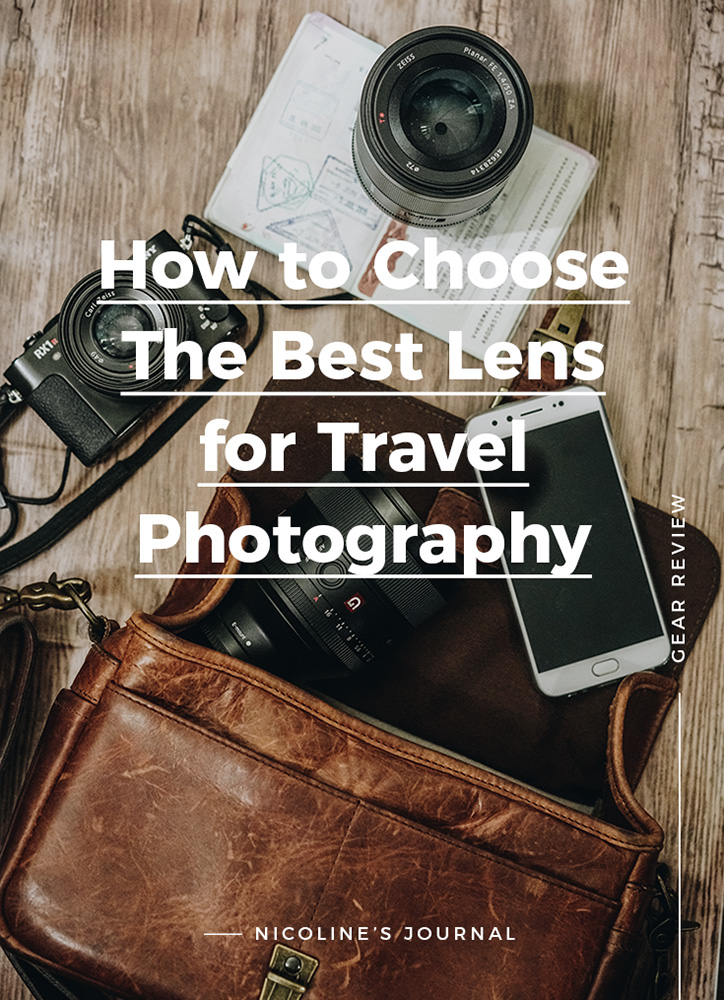




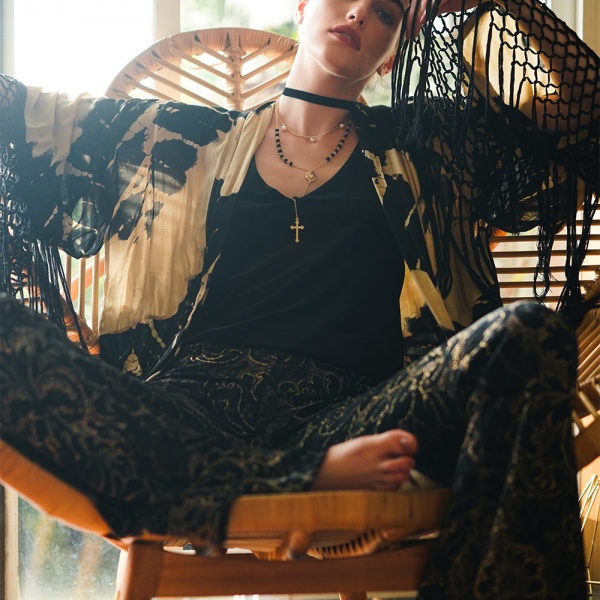
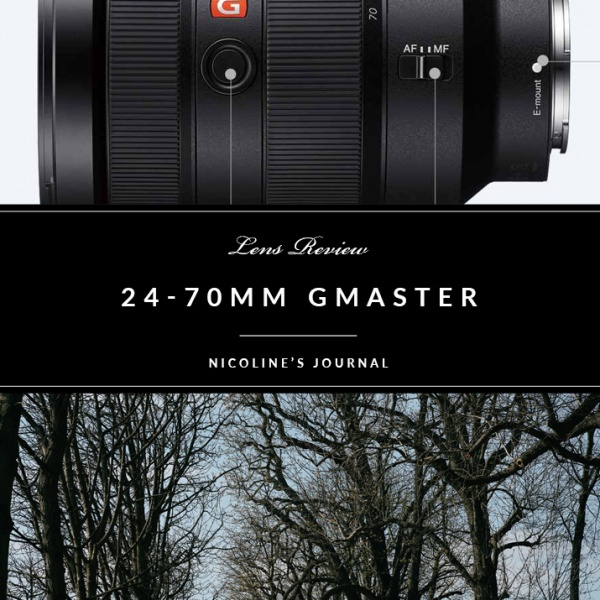



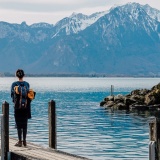

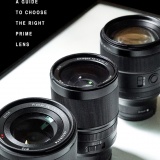






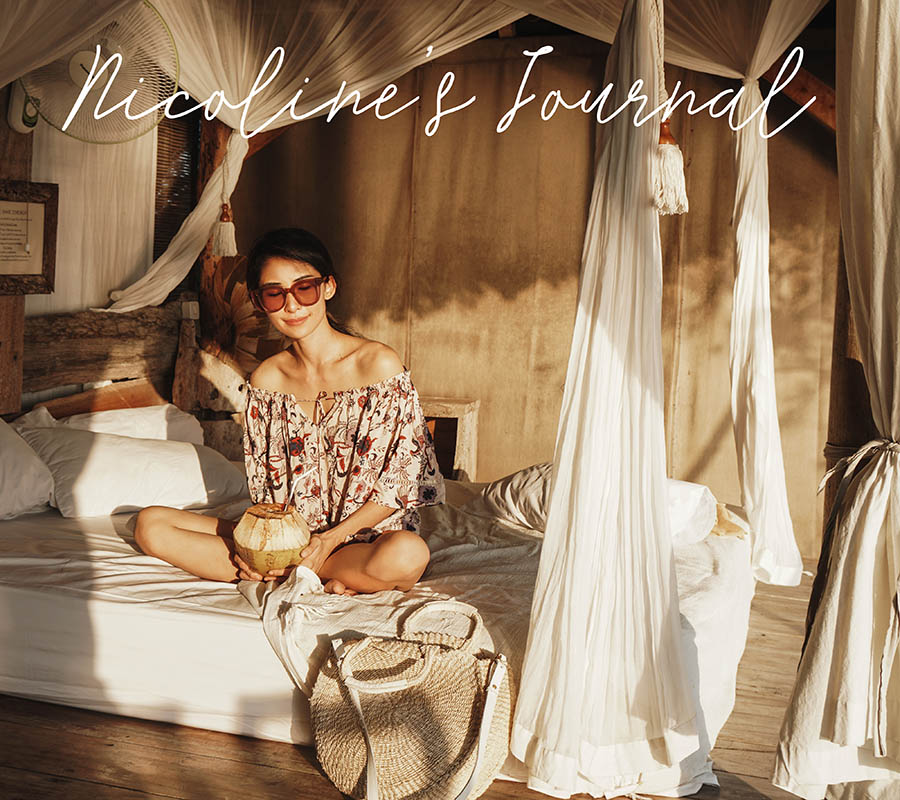
2 comments
mey
Hi.. Read your post and I love it
The only question will be, do you think your suggestions also work for the APS-C? The 24-70mm?
Thanks
sam
Thank you! i had a wonderful time reading your article and loved the photos you’ve taken from your travels. I have been looking to get an 85 f1.8 for my next lens for my sony A7iii (Currently have the 24-70 f2.8 Gmaster). I used to shoot with Canon and always carry along my 24-70L and 70-200 and i hated it for the weight and the bulkiness not to mention it consume all your allowable cabin luggage. 🙂